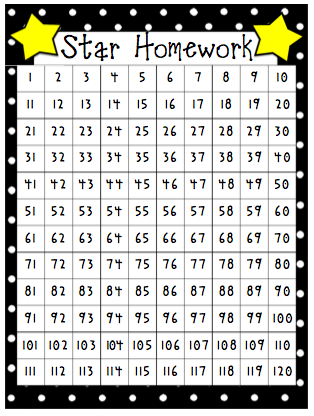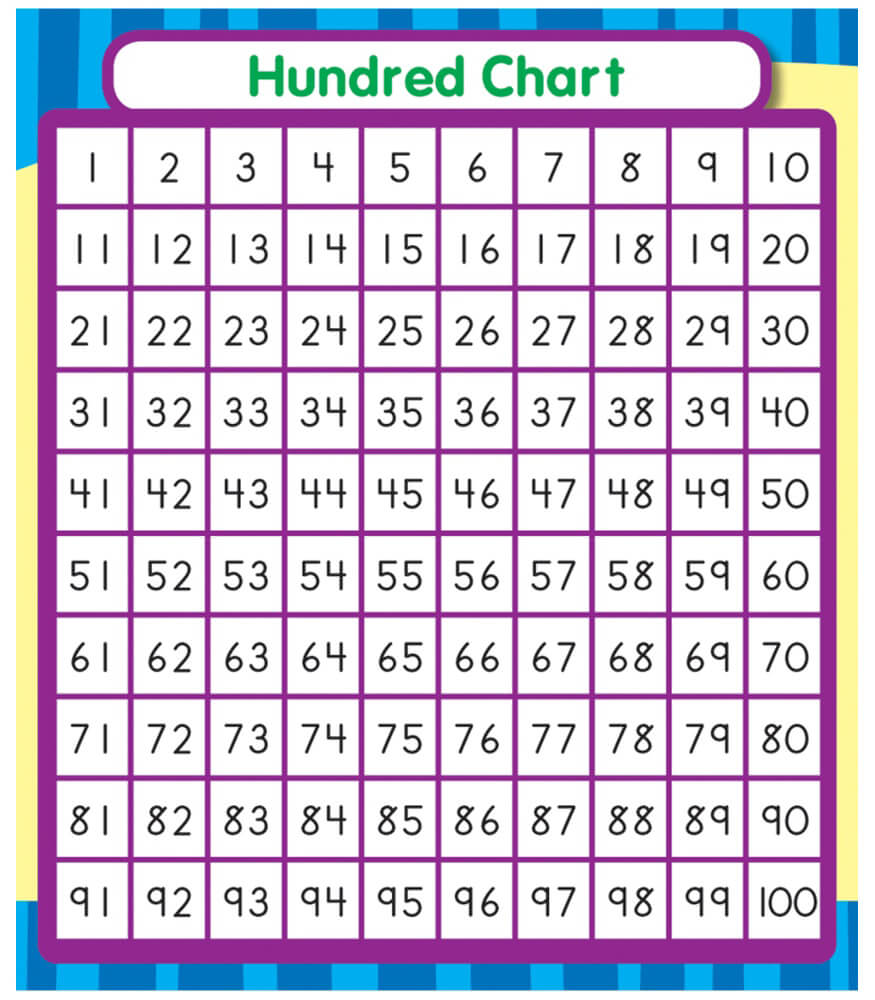


The Renaissance Star Assessmentsare a series of short tests administered to grades K-12, produced by Renaissance Learning. STAR Reading Grades 3-4 Free Practice Test

International Congress of Mathematicians, Beijing, vol. 3, pp. 573–586, arXiv: math/0304466, Bibcode: 2003math.If you have any questions, feel free to contact Ariav - TestPrep-Online’s Renaissance STAR expert - at STAR Sample Tests ^ Linial, Nathan (2002), "Finite metric spaces–combinatorics, geometry and algorithms", Proc.GECCO-2001: Proceedings of the Genetic and Evolutionary Computation Conference. "Prüfer numbers: A poor representation of spanning trees for evolutionary search" (PDF). Lecture Note Ser., vol. 327, Cambridge: Cambridge Univ. ^ Chudnovsky, Maria Seymour, Paul (2005), "The structure of claw-free graphs", Surveys in combinatorics 2005 (PDF), London Math.The graphs of branchwidth 1 are exactly the graphs in which each connected component is a star. Star arboricity is the minimum number of forests that a graph can be partitioned into such that each tree in each forest is a star, and the star chromatic number of a graph is the minimum number of colors needed to color its vertices in such a way that every two color classes together form a subgraph in which all connected components are stars. Several graph invariants are defined in terms of stars. As with any tree, stars may be encoded by a Prüfer sequence the Prüfer sequence for a star K 1, k consists of k − 1 copies of the center vertex. They are also one of the exceptional cases of the Whitney graph isomorphism theorem: in general, graphs with isomorphic line graphs are themselves isomorphic, with the exception of the claw and the triangle K 3. Relation to other graph families Ĭlaws are notable in the definition of claw-free graphs, graphs that do not have any claw as an induced subgraph. Stars may also be described as the only connected graphs in which at most one vertex has degree greater than one. Additionally, the star has large automorphism group, namely, the symmetric group on k letters. It is an edge-transitive matchstick graph, and has diameter 2 (when l > 1), girth ∞ (it has no cycles), chromatic index k, and chromatic number 2 (when k > 0). The star S k is edge-graceful when k is even and not when k is odd.

Alternatively, some authors define S k to be the tree of order k with maximum diameter 2 in which case a star of k > 2 has k − 1 leaves. In graph theory, a star S k is the complete bipartite graph K 1, k : a tree with one internal node and k leaves (but no internal nodes and k + 1 leaves when k ≤ 1).


 0 kommentar(er)
0 kommentar(er)
